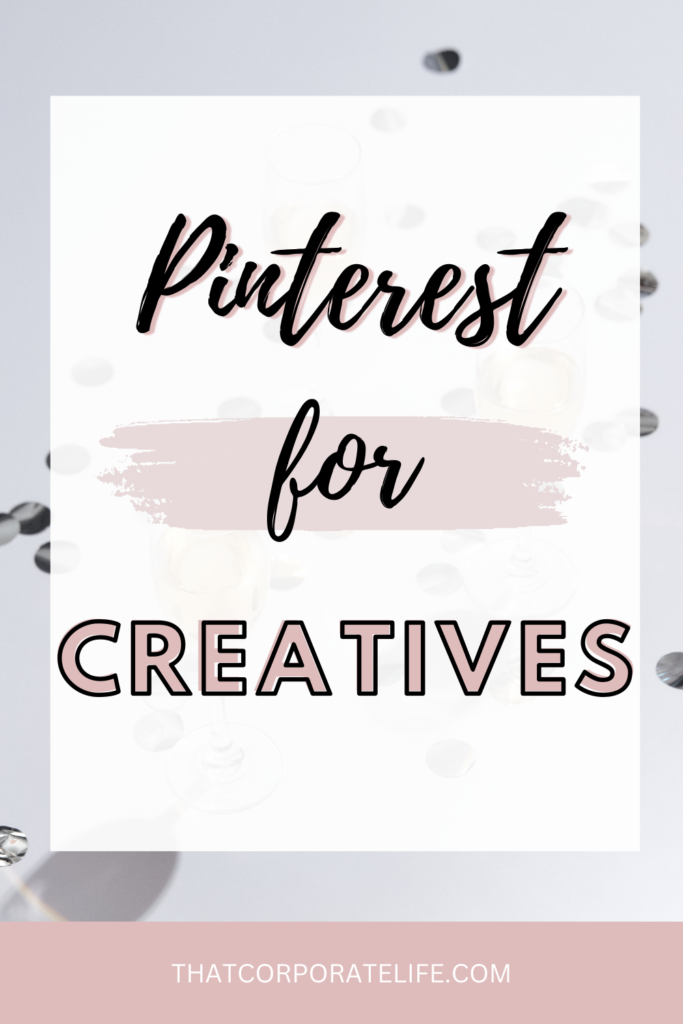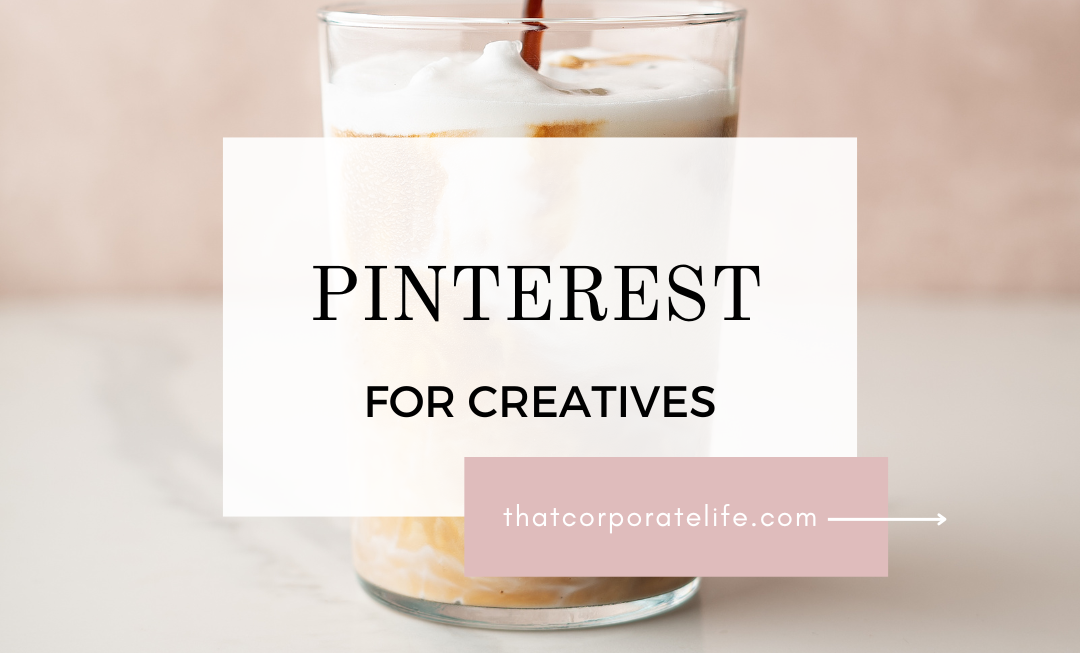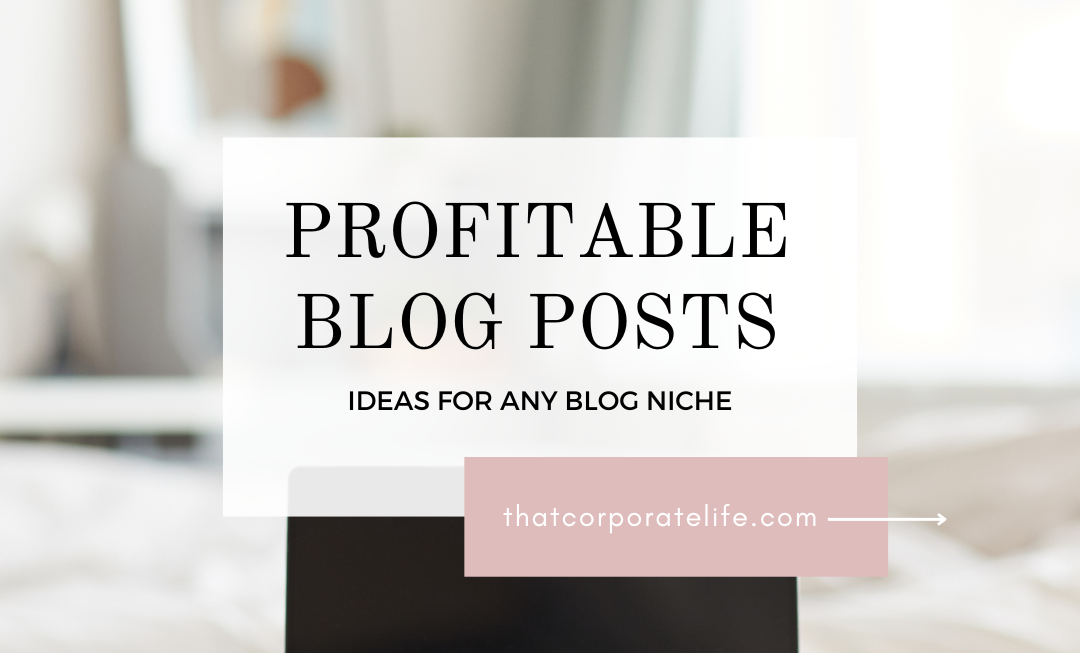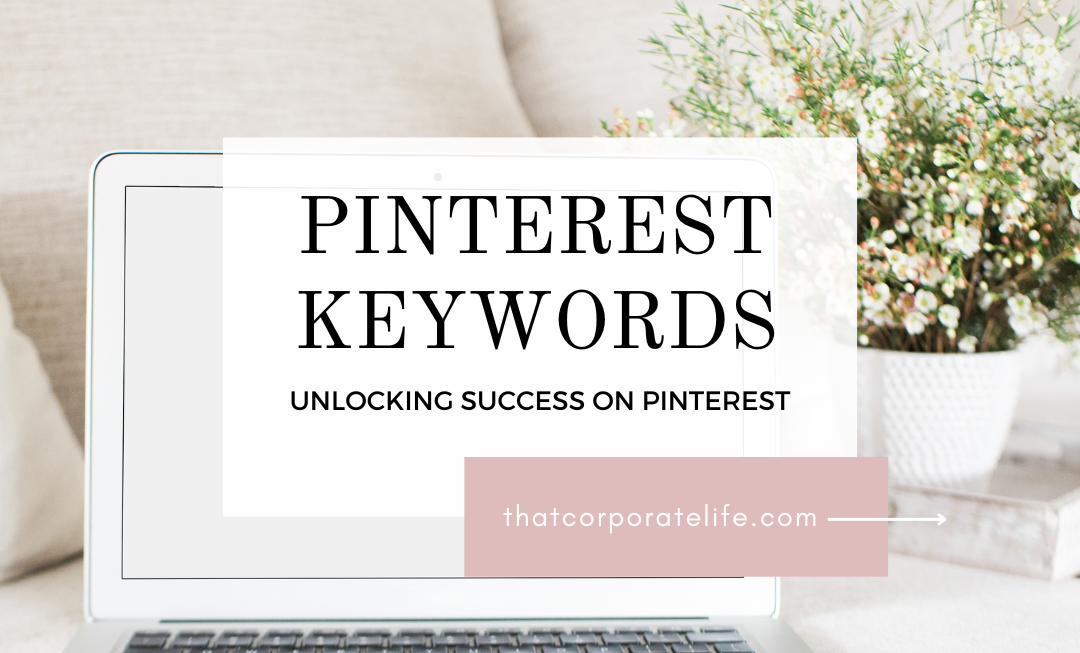If you’re a creative, you’ve probably heard of Pinterest, but have you truly tapped into its power? Pinterest is often misunderstood as a platform for party planners and recipe hoarders, but in reality, it’s a visual discovery engine that can transform the way creatives work, plan, and grow their ideas. Whether you’re an artist, designer, writer, photographer, or content creator, Pinterest offers a unique space where creativity meets practicality.
In this post, we’ll explore why Pinterest for creatives is more than just a digital mood board and how you can use it to fuel your creative journey, find your audience, and even grow your business. Ready to dive in? Let’s go!
Why Pinterest Is a Goldmine for Creatives
Let’s start with the basics. Pinterest is not a traditional social media platform; it’s a search engine. Unlike Instagram or TikTok, where content is fleeting and dependent on algorithms, Pinterest has a longer shelf life for your pins (the content you post). A single pin can generate views, clicks, and engagement months—even years—after it’s posted.
This longevity makes Pinterest for creatives an ideal platform to showcase work, build a portfolio, or simply find inspiration. And because it’s visually driven, it’s perfect for those of us who thrive on aesthetics and design.
Key stats that matter:
- Pinterest boasts over 460 million active users each month.
- Nearly 85% of users turn to Pinterest when they’re starting a new project.
- 97% of searches on Pinterest are unbranded, meaning people are looking for fresh ideas—not just established brands.
For creatives, these numbers translate to huge opportunities. People come to Pinterest ready to discover new ideas, and your creative work could be exactly what they’re looking for.
How Creatives Can Utilize Pinterest
Now that you understand why Pinterest is such a valuable tool, let’s dive into the how. Here are some actionable ways to make the most of Pinterest for creatives.
1. Create a Visual Portfolio
Pinterest is an ideal platform for showcasing your work. Whether you’re a graphic designer, photographer, illustrator, or fashion designer, you can create boards dedicated to different projects, themes, or styles.
How to do it:
- Create a Pinterest business account (it’s free and gives you access to analytics).
- Design boards with clear, descriptive titles like “Logo Design Portfolio” or “Fine Art Photography Projects.”
- Pin your work directly from your website or upload it manually with links back to your portfolio.
By doing this, you’re not just sharing your art—you’re driving traffic to your website, store, or online portfolio.
2. Use Pinterest as a Mood Board Tool
Every creative knows the value of a good mood board. Whether you’re planning a project, brainstorming a brand aesthetic, or organizing ideas for a client, Pinterest makes it ridiculously easy to gather visual inspiration.
Pro tip:
- Use the secret boards feature to create private collections of ideas.
- Collaborate with clients or team members by sharing access to these boards.
- Pin a mix of your own work, inspirational images, color palettes, and relevant articles.
Pinterest for creatives becomes even more powerful when you treat it as your personal visual library.
3. Find Inspiration and Stay Ahead of Trends
Pinterest is like a digital crystal ball for spotting trends. The platform regularly releases trend reports (like their annual Pinterest Predicts), which can help you understand what’s resonating with audiences.
Why it matters:
- If you’re an illustrator, knowing that “bold, Y2K-inspired aesthetics” are trending can inform your style.
- Writers can explore keywords and images that align with popular storytelling themes.
- Product designers can discover emerging design patterns or material trends.
Spend time searching relevant topics and see what’s popular. For example, type in “minimalist art” or “vintage typography” to get a sense of what’s thriving on Pinterest for creatives in your field.
4. Promote Your Work
While Pinterest is great for inspiration, it’s also a fantastic platform for self-promotion—if done right. People come to Pinterest with the intent to act, whether that’s buying a product, starting a DIY project, or learning something new. That means your creative work has the potential to convert casual browsers into paying customers or loyal fans.
Steps to promote your work:
- Design clickable pins that feature your art with compelling headlines (e.g., “Shop My Abstract Prints” or “Free Download: Modern Font Pack”).
- Link your pins to your online shop, blog, or portfolio.
- Use keywords in your pin descriptions to ensure your content appears in relevant searches.
Pinterest ads are also an affordable option for creatives who want to amplify their reach. Even with a small budget, you can target specific audiences and see meaningful results.
5. Build a Community Around Your Brand
Pinterest isn’t just about pinning pretty pictures; it’s about building a niche and connecting with like-minded people. By curating high-quality content that aligns with your creative vision, you can establish yourself as a go-to source in your area of expertise.
How to grow your audience:
- Post consistently. Aim for at least 10–15 pins per week.
- Curate boards that reflect your style, values, or industry trends.
- Follow other creatives, engage with their content, and repin their work (with credit, of course).
Over time, your profile will attract followers who share your interests, and this can lead to exciting collaborations, clients, or even mentorship opportunities.
The Tools and Features Creatives Should Leverage
To truly unlock the potential of Pinterest for creatives, it helps to familiarize yourself with its tools and features.
Pinterest Analytics
Once you switch to a business account, you gain access to analytics. This data tells you:
- How many people are viewing and engaging with your pins.
- Which boards are performing best.
- What demographics are interacting with your content.
Use these insights to refine your strategy. For example, if your “Modern Typography” board is blowing up, lean into that style and create more related content.
Idea Pins
Pinterest introduced Idea Pins as a way to share multi-page, story-like content. These are perfect for tutorials, process videos, or mini portfolios.
Example uses:
- A photographer could create a pin titled “How I Capture Golden Hour Portraits” with behind-the-scenes shots.
- A painter might share a step-by-step guide to creating a watercolor landscape.
- A writer could post a series on “Writing Prompts for Fantasy Creators.”
Idea Pins don’t require a link, but they can still build your audience and establish your authority as a creative.
Pinterest Trends Tool
This free tool allows you to explore what’s trending on the platform in real-time. Search keywords related to your niche to see what’s popular and when.
For example:
- If you’re a textile artist, you might discover that “bohemian wall hangings” spike in popularity during the holiday season—perfect timing to promote your work.
- Writers might see that “journaling ideas” trend consistently in January, aligning with New Year’s resolutions.
By aligning your content with seasonal trends, you can boost visibility and engagement.
Real-Life Success Stories: Pinterest for Creatives in Action
Still not convinced? Here are a couple of real-life examples of how creatives have leveraged Pinterest to grow their brand:
1. The Illustrator Who Went Viral
An illustrator started pinning her whimsical art prints under descriptive keywords like “modern nursery art” and “custom watercolor portraits.” Within a few months, her pins were driving hundreds of visitors to her Etsy shop. One of her pins went viral, earning her over 10,000 monthly views and doubling her sales.
2. The Photographer Who Built a Following
A lifestyle photographer used Pinterest to share behind-the-scenes tutorials and photo editing tips. By repurposing her Instagram content as pins, she grew her Pinterest audience to 25,000 followers in just a year, which led to more client inquiries and workshop signups.
Final Thoughts: Why Every Creative Should Be on Pinterest
Whether you’re looking to spark new ideas, grow your audience, or sell your work, Pinterest is the ultimate tool for creatives. It’s not just a platform for “saving” ideas—it’s a place to create, share, and thrive. The beauty of Pinterest for creatives is its versatility: it’s as much about professional growth as it is about personal inspiration.
If you’ve been underestimating Pinterest, now’s the time to give it a second look. Set up that business account, start pinning with purpose, and watch as your creative world expands.
Are you ready to make Pinterest a part of your creative toolkit? Let me know how you plan to use Pinterest to level up your projects or career!
Learn more about Pinterest here.



